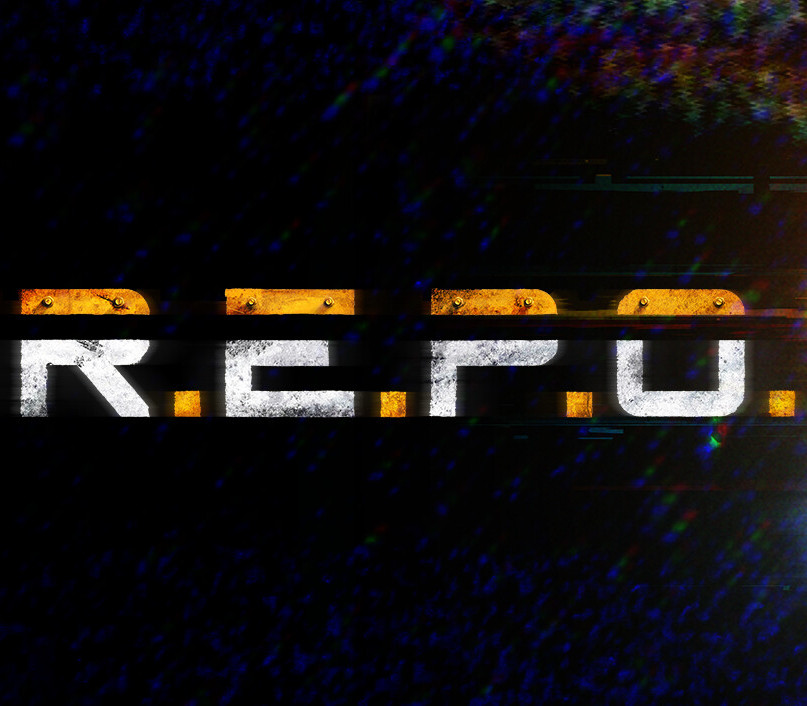The term "rematch" refers to a repeat competition or challenge between opponents who have previously faced each other. Whether in sports, gaming, politics, or personal life, a rematch holds powerful emotional and psychological weight. It symbolizes redemption, rivalry, and the pursuit of improvement.
In this deep-dive article, we explore the concept of rematches across history, psychology, entertainment, and competition. We unpack what drives people to seek a rematch, the strategies involved, and how rematches shape our perceptions of fairness, destiny, and growth.1. The Historical Significance of Rematches
Throughout human history, rematches have served as dramatic punctuation marks in conflicts and contests. In ancient warfare, duels, and political rivalries, second encounters often determined legacies.Famous Historical Rematches
- Muhammad Ali vs. Joe Frazier II (1974)
- U.S. Presidential Elections (e.g., Eisenhower vs. Stevenson)
- Napoleon’s return at Waterloo after Elba exile
Why History Repeats
Rematches occur when unresolved tension or inconclusive results demand closure. They are not just events—they’re narratives of redemption or reaffirmation.2. Psychological Motivation Behind Rematches
The desire for a rematch often stems from cognitive dissonance, ego, or perceived injustice. People feel compelled to prove they are better than previous outcomes suggest.Emotional Drivers
- Desire for redemption
- Revenge or justice
- Personal growth or mastery
Risk and Reward
The stakes in a rematch are higher emotionally. Success restores self-esteem, while failure can deepen wounds or reinforce limitations.3. Rematches in Sports: Strategy and Spectacle
Sports are perhaps the most public and quantifiable forms of rematches. Entire careers and fan allegiances can hinge on second showdowns.Strategic Shifts
Coaches and athletes analyze past performances to fine-tune strategies. Adjustments in defense, pace, or personnel can tip the scales.Audience Engagement
Rematches boost ticket sales and TV ratings because they come with built-in narratives. Fans love revenge arcs or the triumph of an underdog.4. Gaming and Esports: Rematch Mechanics and Meta
In video games, especially in competitive esports, rematches happen regularly and shape rankings, metagames, and community culture.Ranked Ladders and Tournaments
Many games have built-in systems that facilitate rematches via best-of series or bracket resets.Tilt and Recovery
A psychological factor in gaming is "tilt"—emotional frustration after a loss. Skilled players learn to reset mentally and approach rematches with clarity.5. Legal and Political Rematches
In law and politics, a rematch might be a retrial, appeal, or reelection campaign. These high-stakes encounters are vital for justice and democratic choice.Case Studies
- U.S. Supreme Court reversals (e.g., Plessy v. Ferguson vs. Brown v. Board)
- Political incumbents returning after defeat
Impact on Systems
Legal and political rematches reinforce checks and balances, allowing institutions to self-correct or reaffirm decisions.6. Rematches in Pop Culture and Film
Movies, books, and TV shows use rematches to resolve character arcs or elevate drama. From final battles to romantic reunions, they are emotionally potent.Famous Examples
- Rocky Balboa’s rematch with Apollo Creed
- The Dark Knight Rises: Batman vs. Bane
- Harry Potter vs. Voldemort (Final Duel)
Why They Work
Rematches in fiction mirror real-life desires for closure. They show that characters can evolve, adapt, and overcome adversity.7. The Role of Time and Preparation
Time between matches significantly affects outcomes. Preparation, healing, and strategy often make the difference.Training and Adaptation
Winners can become complacent, while losers often train harder. Rematches reveal who learned the most.Physical and Mental Readiness
Recovery from injuries or trauma can make or break rematch performance. Mental toughness is often the x-factor.8. The Business and Marketing of Rematches
Rematches are marketing gold. Promoters, sponsors, and media outlets leverage the story to build anticipation.Revenue Potential
- Pay-per-view increases
- Merchandising and endorsements
- Expanded global reach



























